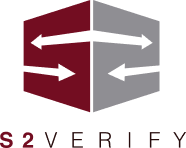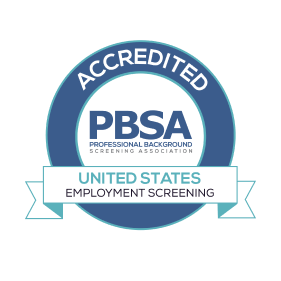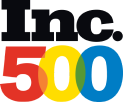The Workforce Trends Shaping the Future of Work
When Raghav “Rags” Gupta talks about the future of work, he doesn’t speak in hypotheticals; he speaks from the front lines of innovation. As the former President and now Advisor at Butlr, a pioneer in wireless occupancy sensing technology, Gupta is shaping how we understand space, behavior, and productivity in a post-pandemic world. He shared his insights in this week’s episode of America Back to Work.
Adapting to a New Workforce Era
Even before COVID-19, Gupta saw the contours of change emerging.
“The nature of work has been changing…driven by technologies, driven by generational change,” he explains.
But the pandemic didn’t introduce this shift; it accelerated it. Companies must rethink how and where people work in today’s labor market, which is marked by an aging workforce and shrinking talent pools. For HR professionals, that rethink is both a challenge and an opportunity.
“Talent, especially in knowledge work, is the X factor that can make or break a company,” Gupta says.
HR leaders have stepped into strategic roles, collaborating directly with the C-suite on decisions that once lived solely in operations or IT.
From Admin to Strategic Partner: HR’s New Role
Gone are the days when HR focused only on benefits and compliance. Today, they shape employee engagement, influence hybrid work strategies, and contribute to cultural evolution.
“HR professionals have been elevated… to become a key business partner to the CEO and the business itself,” Gupta notes.
This elevation is mission-critical. HR leaders must foster environments that attract and retain top performers in a competitive talent landscape. This includes advocating for flexible schedules, prioritizing employee wellness, and implementing the right technologies to support modern work.
Experimentation Is the New Normal
Post-pandemic, companies are no longer defaulting to “how things were.” Gupta likens the shift to a shaken snow globe, with each organization settling into its unique pattern.
“Every one of those snowflakes is a company trying to figure it out their way,” he says.
From rethinking layouts to redefining when employees are expected onsite, organizations are customizing their work environments like never before. Policies around flexibility, health, and autonomy are no longer perks but baseline expectations.
Hybrid Work is Beyond a Buzzword
Rather than mandating a return to the office, leading companies identify which roles benefit from physical presence.
“If you were to architect office work from scratch today, you would probably not do it the way it was pre-pandemic,” Gupta observes.
Some teams need space for collaboration and creativity. Others thrive with heads-down time at home. The most effective hybrid strategies reflect this nuance, not a one-size-fits-all mandate.
Enhancing the Employee Experience
Ultimately, everything comes back to people’s work, feelings, and performance. Gupta emphasizes the need to strike a balance between employee freedom and purpose.
“The workplace should not just be somewhere people have to be, it should be somewhere they want to be.”
That’s where workplace technology, data-informed policies, and empowered HR teams intersect. As companies experiment with ways to drive higher attendance and engagement, Gupta suggests the most successful are those who prioritize dignity, trust, and transparency.
Moving Forward and Designing with Intent
Raghav Gupta’s insights offer more than a glimpse into what’s next; they provide a playbook of thoughtful leaders. Whether through anonymous sensing technology or policy innovation, his message is clear: the future of work is being built now, and it favors those willing to question old assumptions.
As Gupta reminds us, “The old ways of working were artifacts of the industrial revolution.”
Today’s workplace must serve a different purpose: one that is human-centered, data-powered, and infinitely more flexible.







